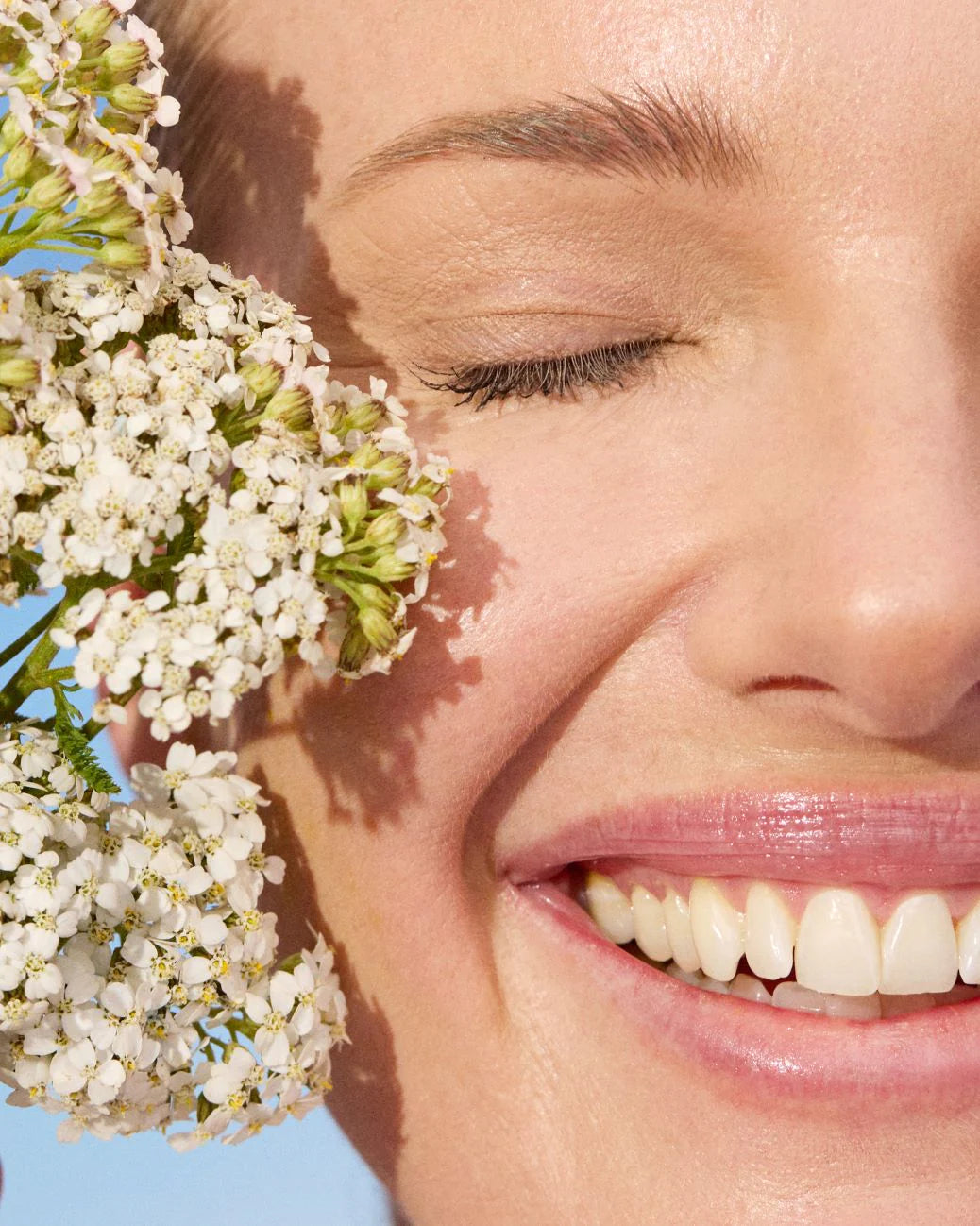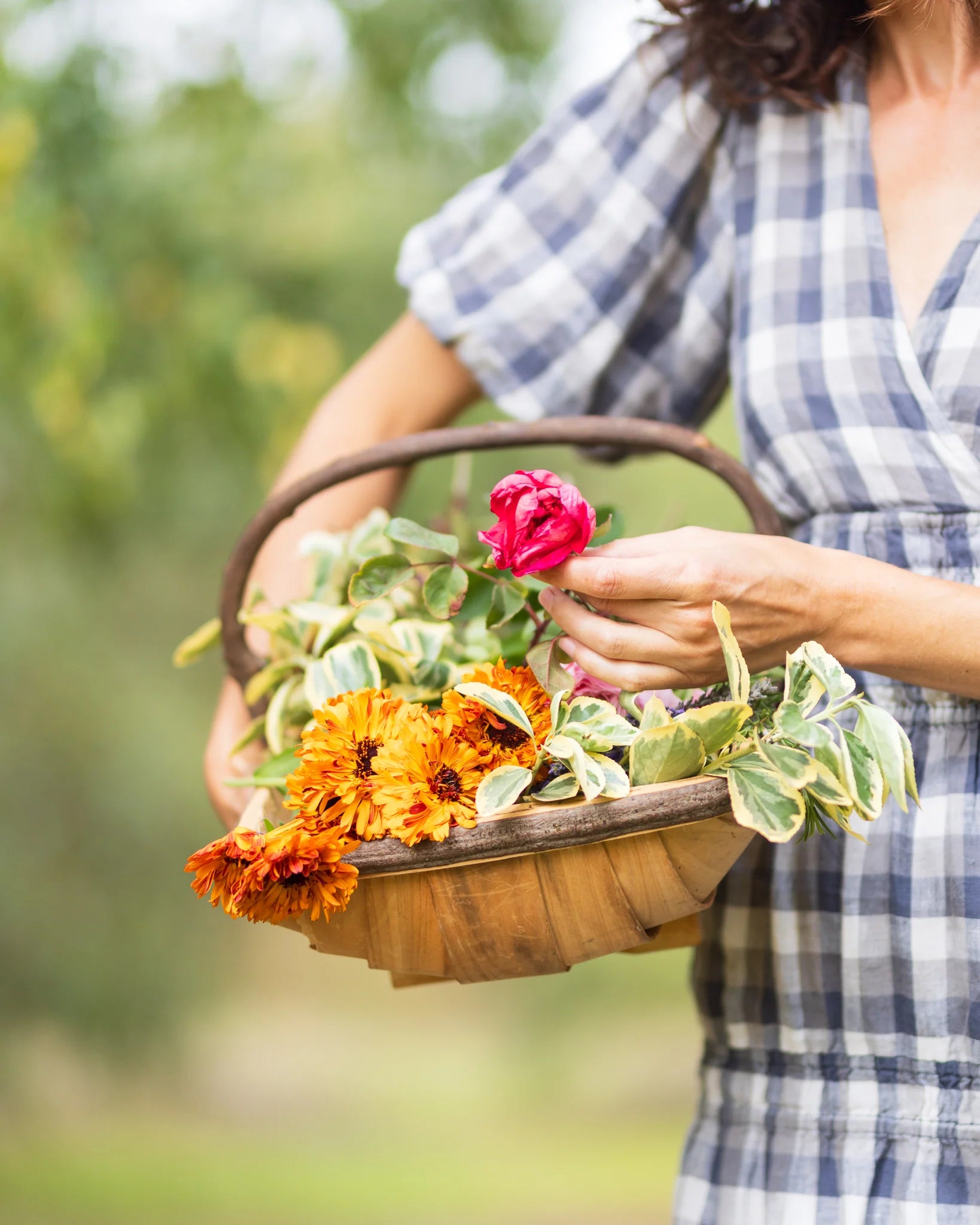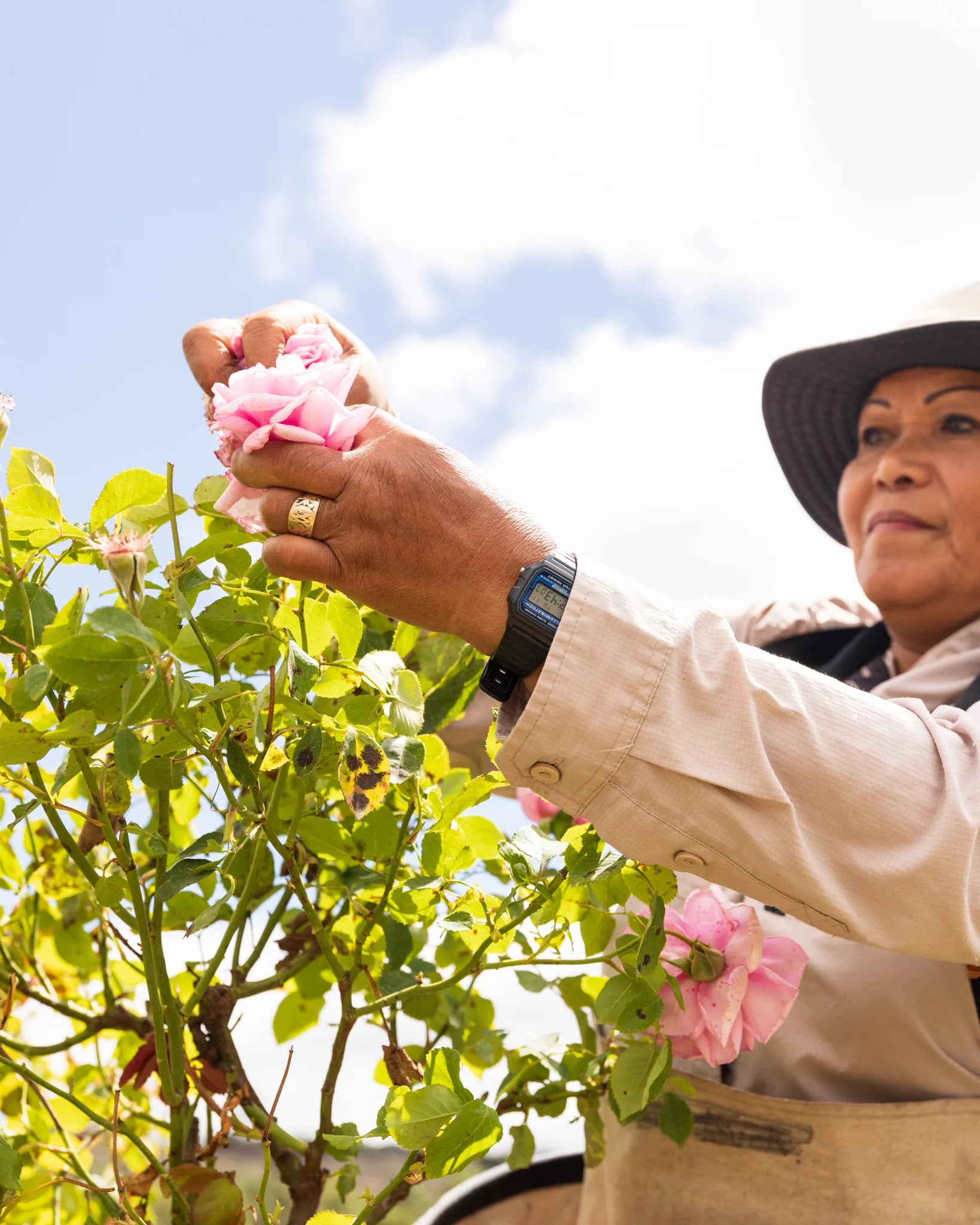It’s not every day you get your very own rose, a variety that you won’t find anywhere else in the world. But that’s exactly what we’ve got at Jurlique. In 2015, we decided we wanted something special to celebrate our 30th anniversary - something that would encapsulate who we are. It could only be one thing: a rose, arguably our most iconic ingredient.
It couldn’t just be any old rose, though. Like Jurlique itself, this rose had to be unique. It had to be grown on our farm in the Adelaide Hills, and it had to be of the best possible quality. This is where George Thomson came in. A renowned rose breeder based in South Australia, George first bred this variety of rose in 2014. With a unique highly-perfumed scent, oil extract that’s super-hydrating, beautiful soft pink colour and large, abundant petals, we knew straight away that this rose was The One.
It’s been growing exclusively on the Jurlique Farm ever since and you’ll now find Jurlique Rose extract in our Rosewater Balancing Mist and Moisture Plus Rare Rose collection. We sat down with George to find out more.

George’s first brush with growing produce goes back to his childhood in north east Scotland, where his father bred potatoes. This sparked an interest in George that would lead to a lifetime of botany in various guises, first at the University of Dundee where he studied Botany and Chemistry, then to a stint at Kew Gardens in London, and then – after a brief hiatus which saw him spend three years in the British Army and SAS – in Australia, where his dedication to rose breeding began.
The year was 1960 and for the next 20 years, George would breed roses, trying to sell his varieties to various companies, all while juggling his other job as a dairy farmer. “It was a struggle early on. From the 1960s to about 1980 nearly, I was on my own doing it”, says George. “But since about 1990 I’ve really come into my own.”
The reason it took so long? “From the day you pollinate the flower until the day that you put the variety on the market, it takes about 10 years. You could die and eight years later you’re still bringing out new roses. Isn’t that wonderful?”
There’s also the fact that Australian roses haven’t always had a great reputation. “Rose breeding in this country has been a real struggle because of the power invested in the importers. A lot of people think Australian bred roses are no good. Sadly, it’s a mentality thing and I find that very frustrating. In fact, there have been a couple of times when I really felt like throwing the towel in and doing something else. But then I thought, ‘well, so what? I’ll breed roses for myself’.
George persevered and after decades of trying and pushing through the prejudice, became one of the most revered rose breeders in South Australia. And now, he says, his roses would outperform any that are imported into the country, thanks to them being specially bred for the heat and dry conditions.

When it comes to breeding, George chooses the best female plants (the ones that produce the best seeds), a skill that he’s refined over the years. “Like all breeding, the female line is the most important. It’s not random by any means, what I do is known as line breeding. It’s quite easy to go astray because you’re using so many different varieties, so I keep records.
“You’ve got to prepare the plants. You get the flower when it’s just starting to open, say just slightly above the bud stage. You then rip all the petals off and leave the stigma in the centre, which is the female part. About the same time, you take whatever pollen you want to use off a different variety, keep the stem end and put them in a dish at room temperature. After 24 hours it will drop pollen - you simply use your finger to dip in the pollen and put it on the female part you prepared the day before.
“I don’t cover them or anything like that. Once you take the petals off, the bees aren’t interested, so you don’t get cross pollination. Roses also don’t pollinate through wind either, so it’s very accurate.”
As for the Jurlique Rose, George says it took quite a bit of work (and luck) to get it to how it is today: a large, soft pink flower, with hardly any thorns - making it easier for our farm workers to handle - and the “most perfumed” rose he’s ever bred.

The way that George has dedicated most of his life to breeding roses – despite the setbacks, despite the challenges, and despite, in his own words “not making a lot of money” (in fact, he donates a lot of his roses to charity) - is testament to his passion for the flower and a pure love for what he does. At 82, he’s “supposed to be retired” but will carry on breeding roses for as long as possible.
And, of course, there’s the work he still does with Jurlique. Since the Jurlique Rose first arrived on our farm in 2015, he’s been educating our farm staff in pruning and feeding the roses, passing on his extensive knowledge so his passion can live on for generations to come.




